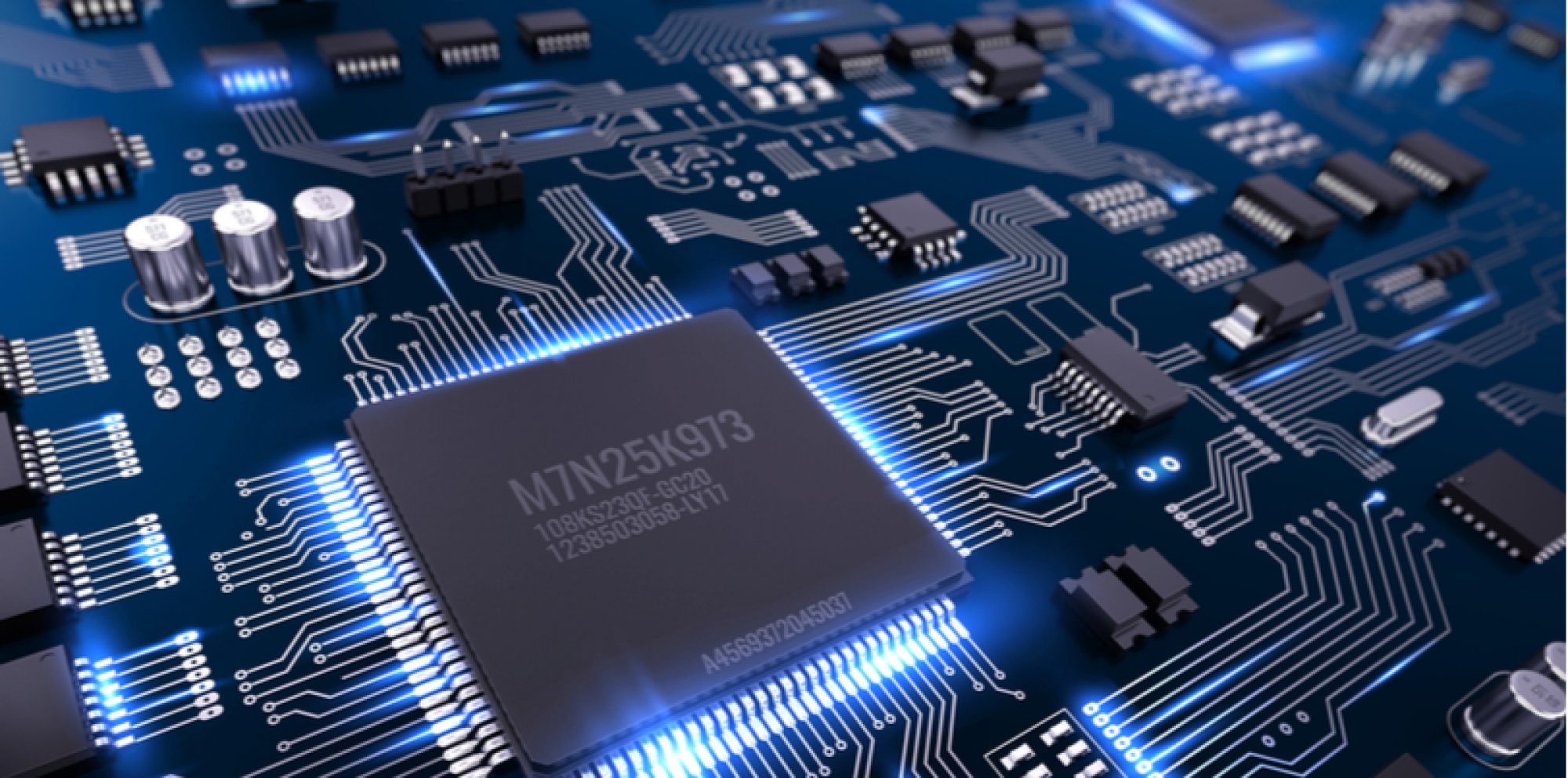The most important update from the past 2 weeks is that UART works!! We can successfully send the FPGA 60,000 bytes of data in a row (and it can be sent back correctly!). Grace and I are very close to finishing our end of communication (as in, we need to handle some file I/O to be able to read the test vectors and then write the results from the FPGA to a results file). We’ve planned out this code but haven’t written it yet for 2 main reasons: first, my laptop died when we were writing code and I forgot my charger, second, I’ve been studying for a final on Tuesday. Regardless, we’re very confident that everything will come together pretty easily.
We’ve found out that the maximum baud rate when sending from my computer and Grace’s computer is 512,000 bits/second. This means that for 20,000 instructions, we have roughly 2x speedup, but it’s not very scalable. Additionally, when doing some testing, I found that with the code I’m using to send and receive serial data, it takes a relatively long time to read the data that is sent back to the PC. We have a few ways of addressing this: first, we can try running the sending/receiving portions of the code in different threads. We are also hoping to try using a raspberry pi which can 1) theoretically allow us to send data at a faster rate, and 2) use a different library to send/receive serial data which can reduce some of these latencies.
